
What to look for while on a photographic safari in Africa
Africa is the holy grail when it comes to wildlife photo safaris. And when you go with an outfit designed to get you to view and photograph extraordinary wildlife, you can just site back and relax, right? Well, sort of…
When it comes to the planning and prep work, you bet—let your safari outfitter do all the legwork and you can just show up and enjoy. However, when it comes to finding and setting up for the day-to-day photo ops, follow these steps to give yourself and your travel companions the best chance for non-stop encounters and thousands of photos.
Spotting wildlife in the African landscape
The act of spotting wildlife while on a safari is truly one of the most fun aspects of being on safari. The search is wildly fun! But for the first-time safari, it can be a bit overwhelming to start looking at what can seem like an endless abyss of grasses, woodlands, or watery landscapes.
Thus, one of the things I recommend folks to do is to limit their field of view to areas and distances that will actually produce a good photo. For instance, instead of looking at the horizon for a somewhat sub par photo op (because of the extreme distance), focus your efforts on scanning the areas within your camera’s range more intently. Now, this doesn’t mean you should completely disregard everything outside of 50 feet from your vehicle, as you could miss some great stuff. Rather, it just means don’t spend your time and efforts on looking at everything equally. Instead, make sure that you give extra time and looks nearby so that you don’t miss something right in front of you.

Scan for “the one” or an outlier
A common sight on safari is herding animals. This is especially applicable to safaris in East Africa that focus on the sensational wildebeest migration in Kenya and Tanzania.
I’ll be frank, photographing the massive herds can be quite overwhelming at first. What to photograph!? Try and show the herd? Try and zoom in and fill the frame? It’s not as easy as you’d think…

While a nice wide angle shot of a massive herd in a big field is great, it’s hard to connect the viewer with the photo this way. What you really need is to dial the shot in a bit more and place a certain subject in the frame.
The above photo somewhat does this, with the two wildebeest somewhat separated from the rest in the foreground.
However, it can be perhaps even more impactful is to zoom in further and really get a subject. This is of course at the expense of the big sweeping view, but in a way the layers and “filling the frame” aspect can convey a similar scale and impact to the viewer.
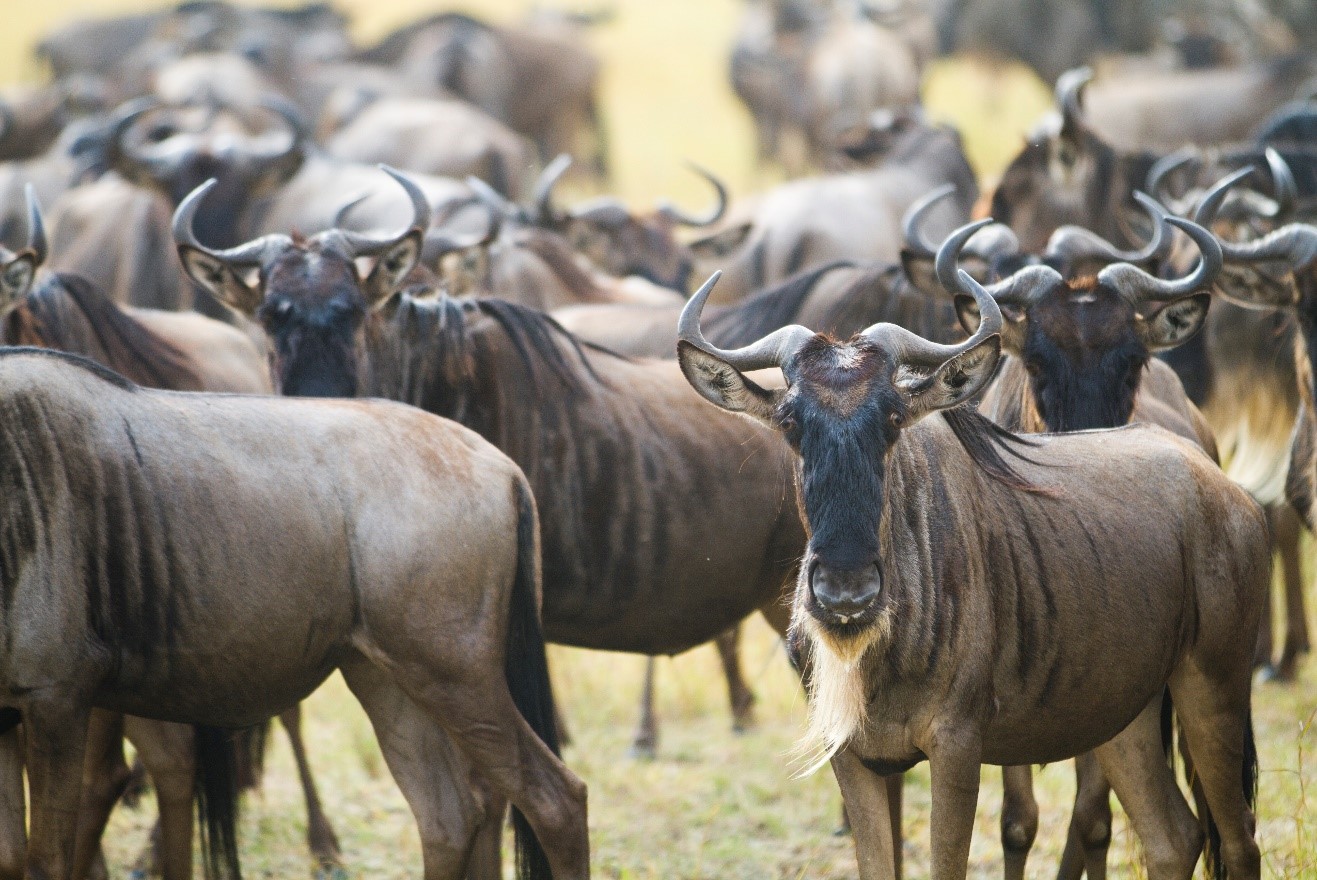
In the above photo, by choosing a single subject, which is clear, in focus, and looking at the camera, the viewer is instantly more connected and immersed in the scene.

Again, though, don’t pass up the sweeping view, as with the right subject, you can really convey an interesting story.
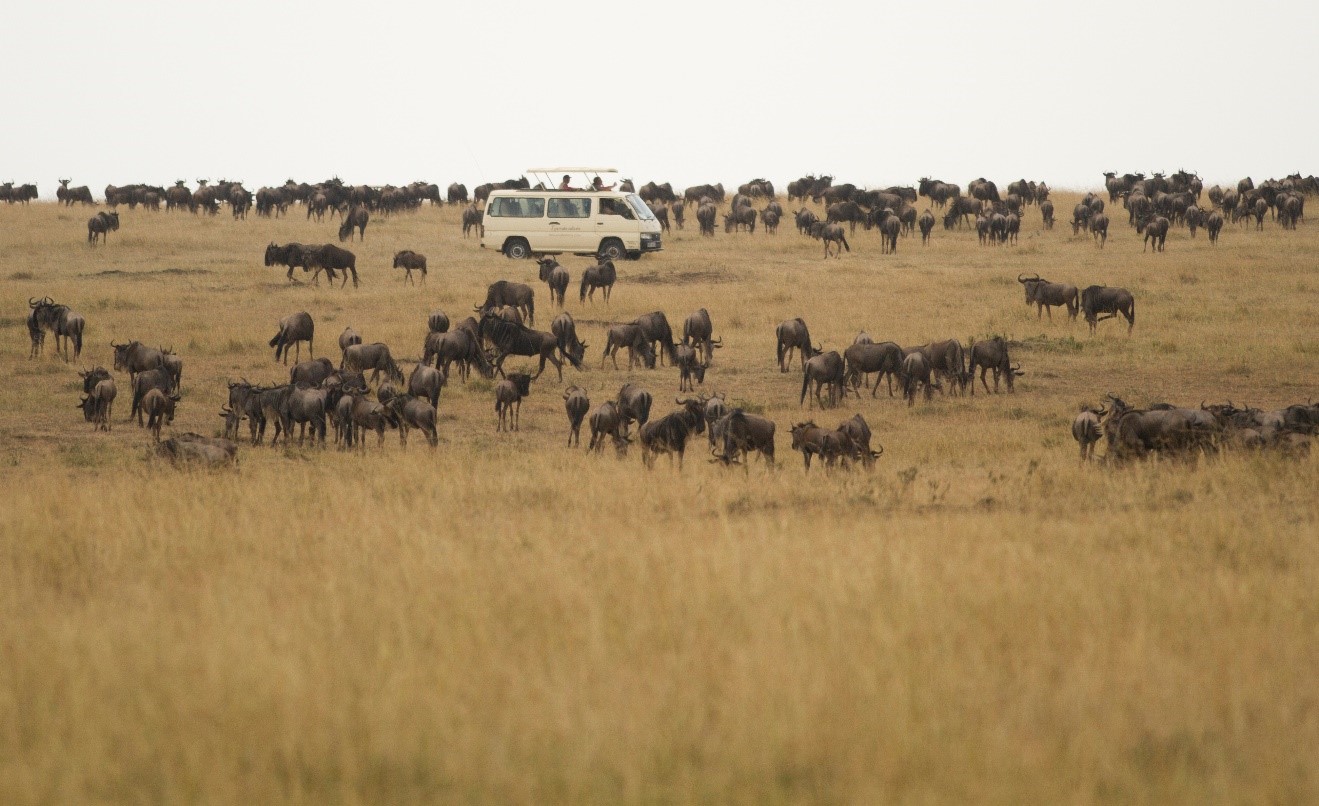
You’ll often hear me say (or write, in this case) that placing the human element and traveler element into your wildlife and landscape photos can be a powerful storytelling tool.
Look for the best lighting
One thing that’s always funny on safari is that moment in a trip when you become just a little desensitized on the spectacle in front of you. Don’t be ashamed, it’s just human nature. But nevertheless, there will indeed be that point when you’ve already photographed dozens of antelopes, or elephants, or lions, etc.
Don’t stop now! This is your time to be a bit more selective and discerning, but not to pass on opportunities. Lighting is constantly changing throughout the day and capturing that perfect morning light on any animal is going to make the search and the photo worth it.
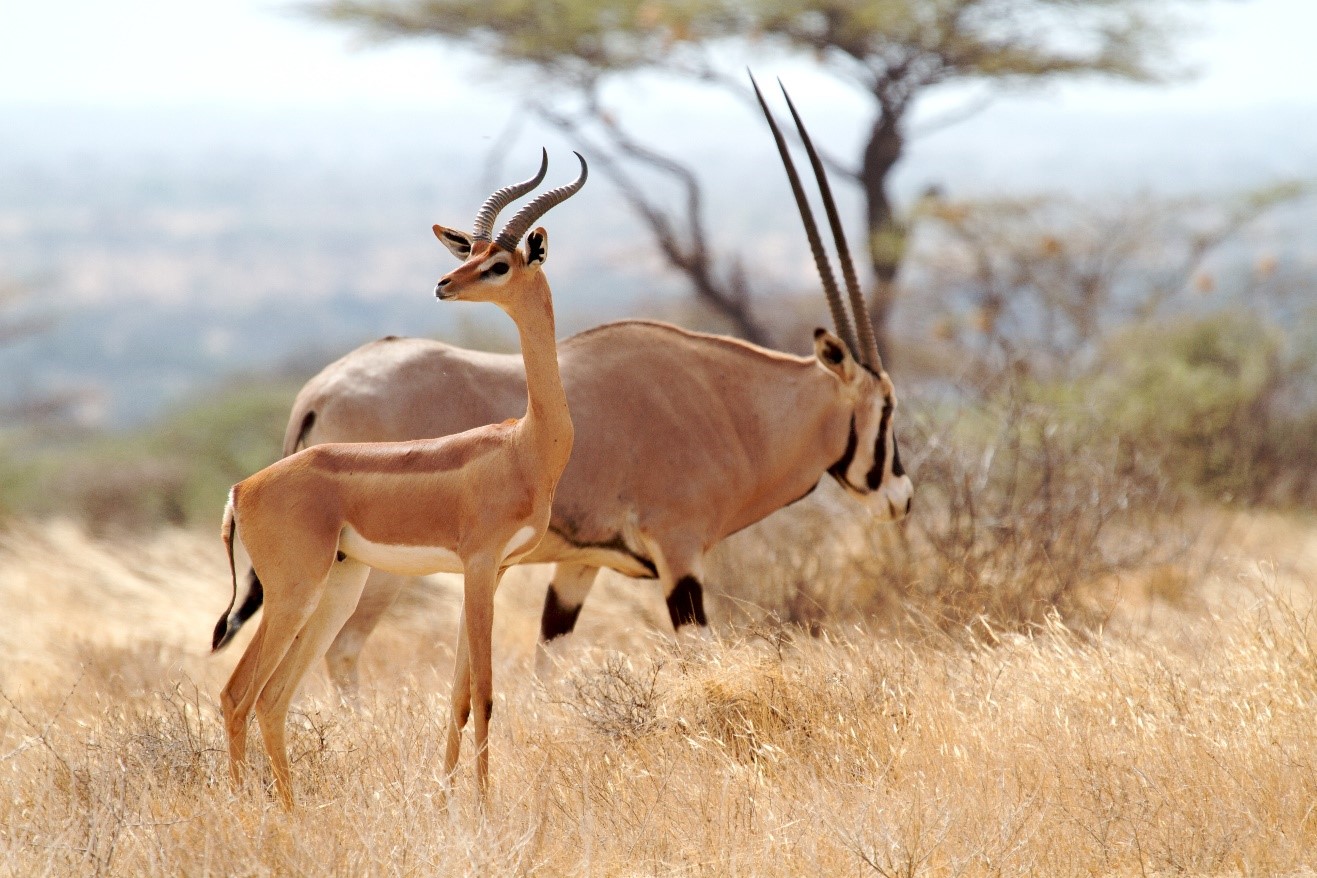
And following up on the first section, maybe you start to tune your searching and scanning for areas that have great light. Perhaps you’ve already gotten a shadowy photo of lots of wildlife under the cover of shrubs and bushes…begin your scan elsewhere that light can still be good.
Those animals that retreat into trees and branches as the day warms can offer some of the best even-lighting, as the midday sun starts to yield harsh contrasts to plains game.

When it comes to lighting, this is where joining a dedicated photographic safari can make all the difference. When your guide and fellow group members are all expecting to be out at dawn and dusk hours, the golden lighting can be stunning…
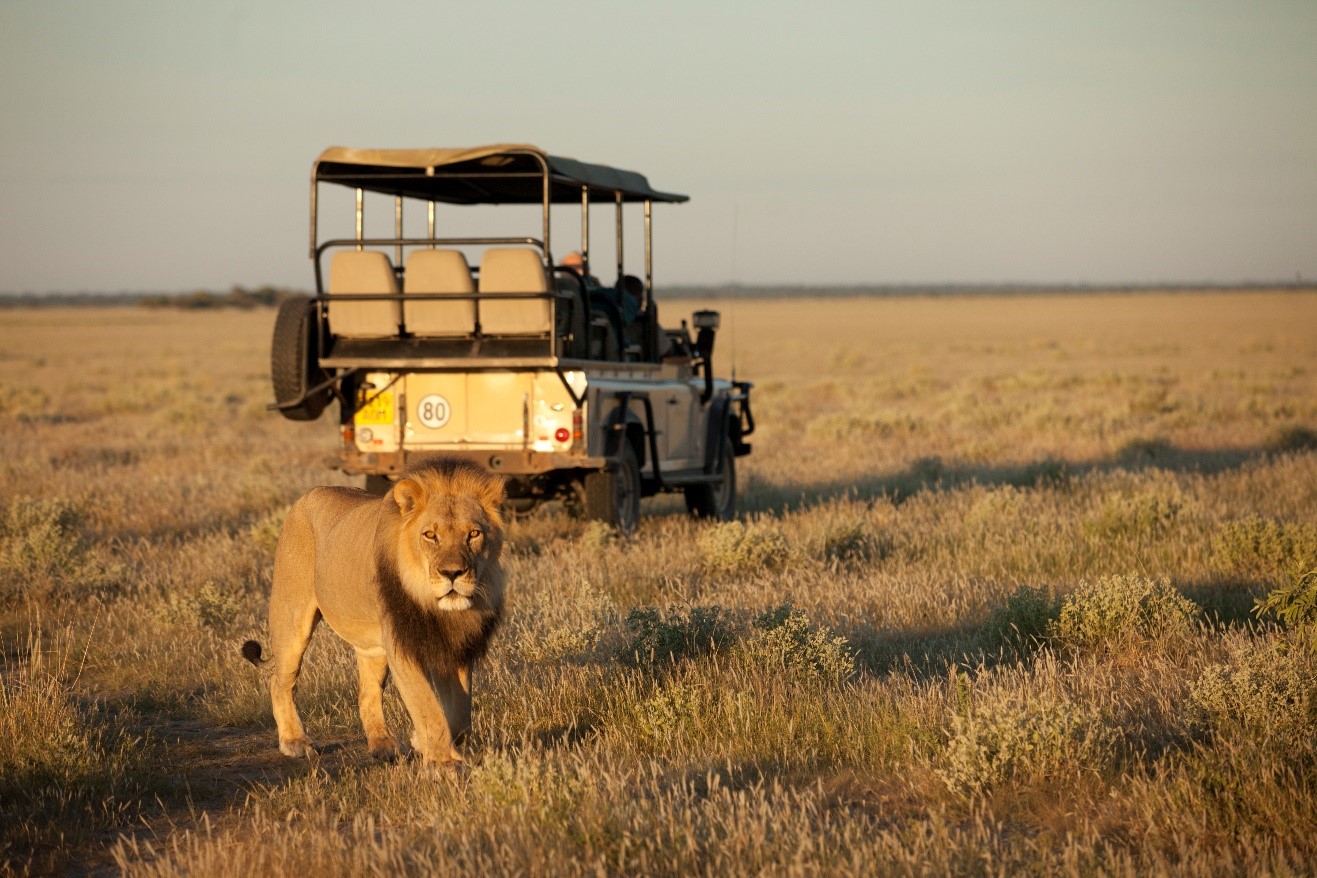
Be ready for action
To be ready for action, you should be looking for action. That is, looking in the right places where action may begin, such that you can capture “that moment.”
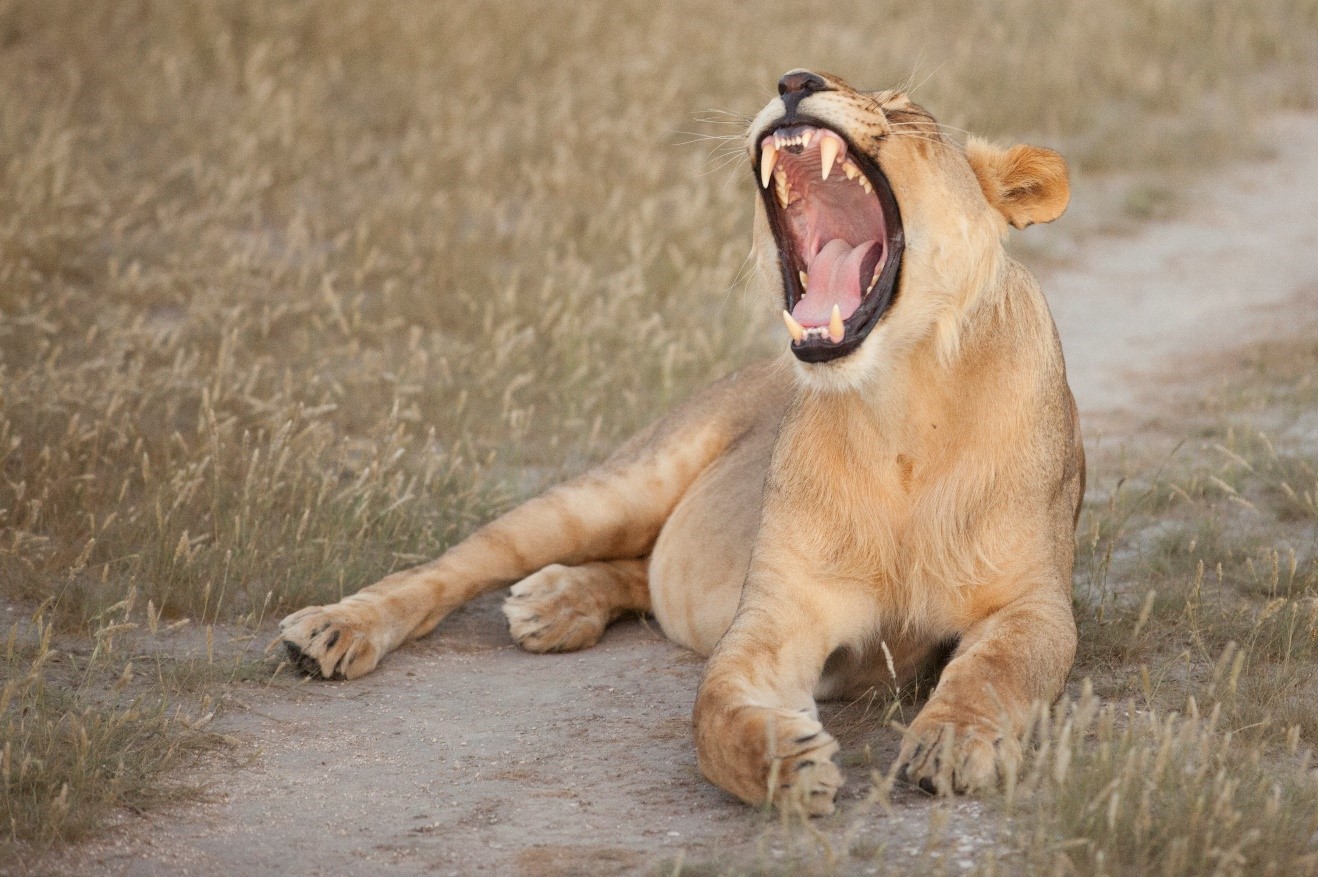
Cats are notorious for a few things…hunting, sleeping, and yawning. Keep your camera at the ready for any lounging felines, as they are bound to show those pearly whites at some point.

And the word action doesn’t necessarily mean that it has to be a chase, hunt, kill, or anything that dramatic. It could be just the right look at the right time to focus on the face and eyes, in order to help connect the viewer to the photo.
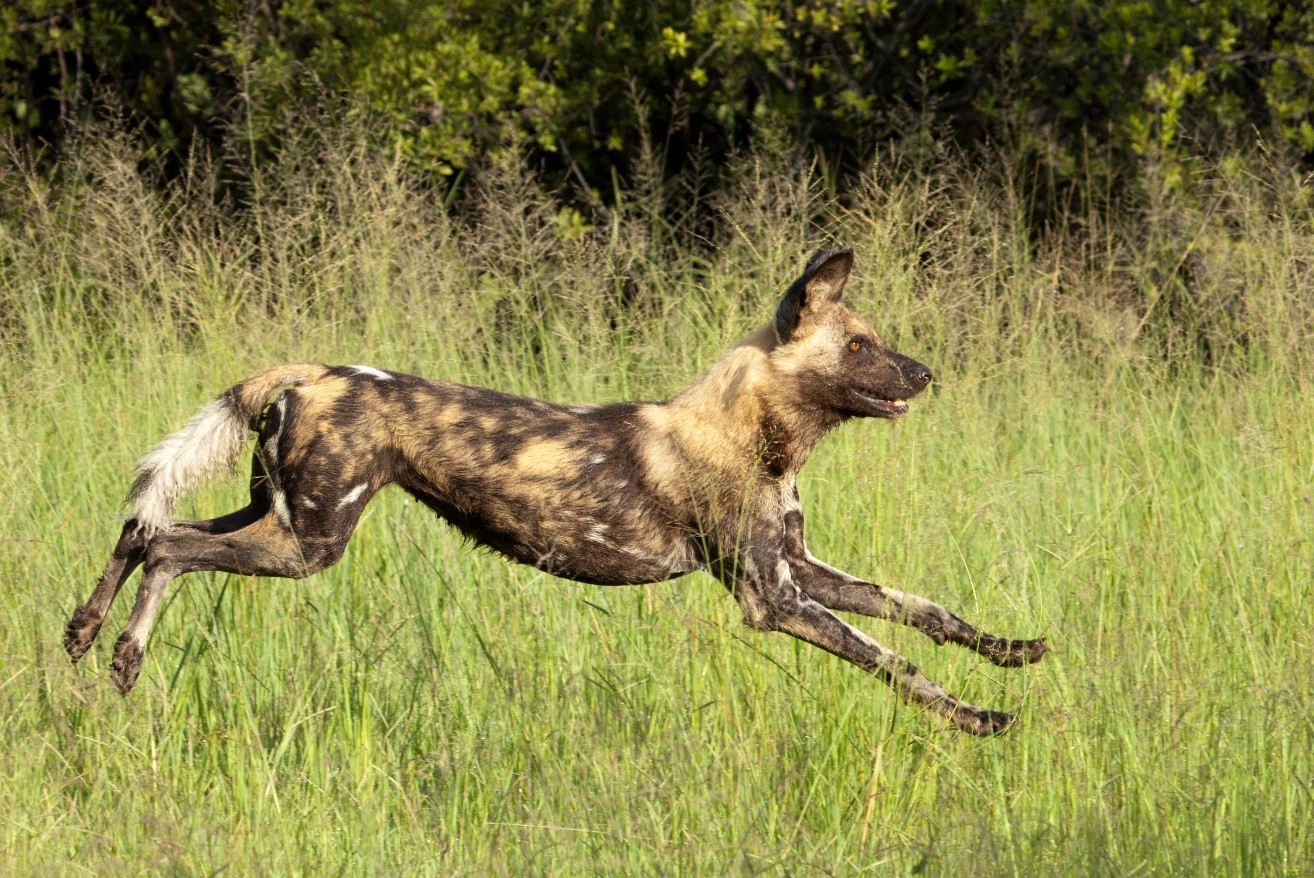
However, it’s always rewarding to nail the photo, right in the middle of an epic chase, as was the case with this wild dog, hunting with its pack of over 30 other pups…
So as you can see, there is a bit more to think about other than just sitting back and relaxing while on a wildlife safari. Next time you are on wildlife safari, think of these tips and tricks and come home with your next favorite wildlife photo.
All the best,

Court
Leave a reply